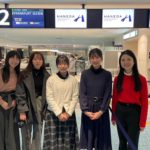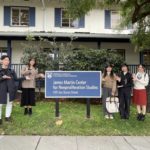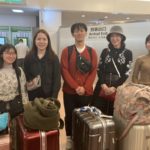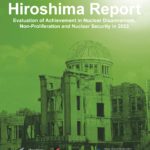Prologue What the “Reconstruction of Hiroshima” Means: Introduction
This report, Learning from Hiroshima’ s Reconstruction Experience: Reborn from the Ashes, came about through a proposal made by the “Hiroshima for Global Peace” Plan, announced in 2011 by Hiroshima Prefecture. Based on this proposal, Hiroshima Prefecture and the City of Hiroshima jointly conducted a two-year project from 2012 to 2013, called “Hiroshima Reconstruction and Peacebuilding Research Project,” and its findings are summarized in this report.
The goal of this project is to study and analyze Hiroshima’s reconstruction process from different perspectives to shed light on the formation of Hiroshima’s modern identity, recognized in Japan and in the world as a city successfully reconstructed and a “city striving for peace.”
The authors have taken into consideration the following points:
First, they describe the process through which Hiroshima, which experienced unprecedented destruction in humanity’s first atomic bombing, overcame countless difficulties and rose up from the ashes, highlighting not only the citizens’ efforts but also the various support and assistance extended to Hiroshima from within Japan and from abroad.
Next, this study’s timeframe essentially begins from the time of the atomic bombing in 1945 and ends in the first half of the 1980s. However, some articles date back to before the bombing and others deal with more recent years.
The aim of this book is to make a joint effort in Hiroshima to look back on our history and detail how Hiroshima gained its reputation as a “City of Peace” and a “Reconstructed City” in the international community.








